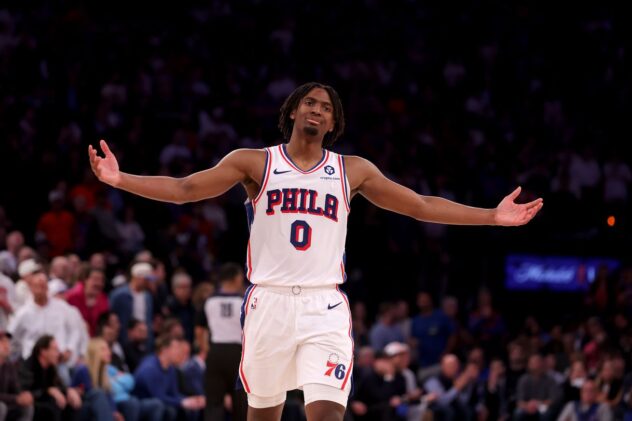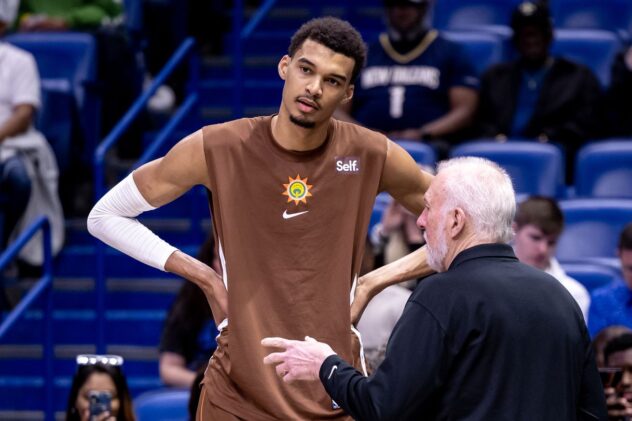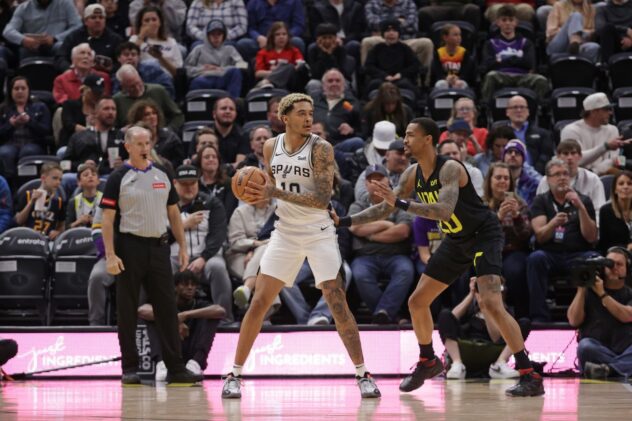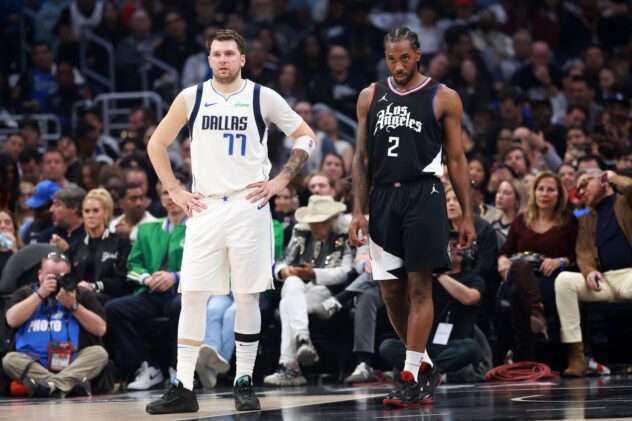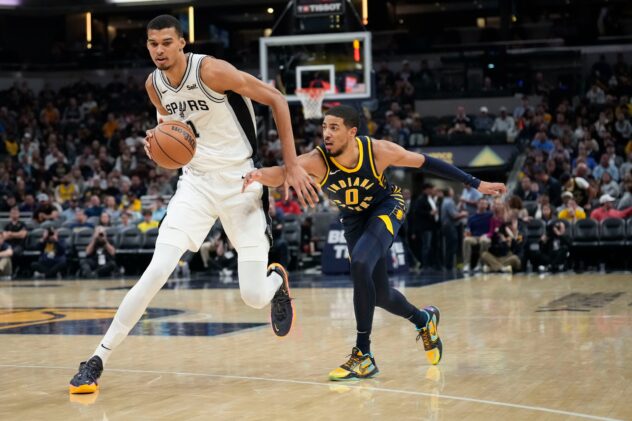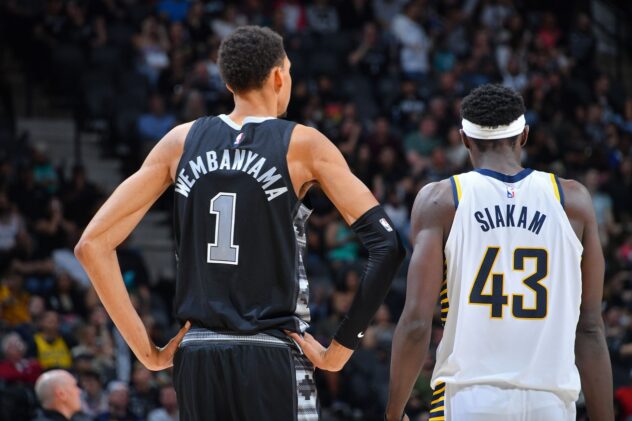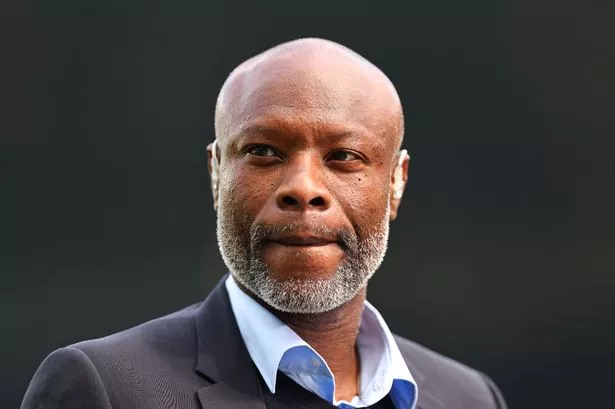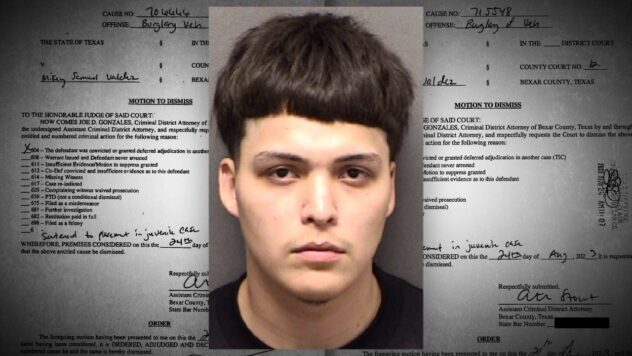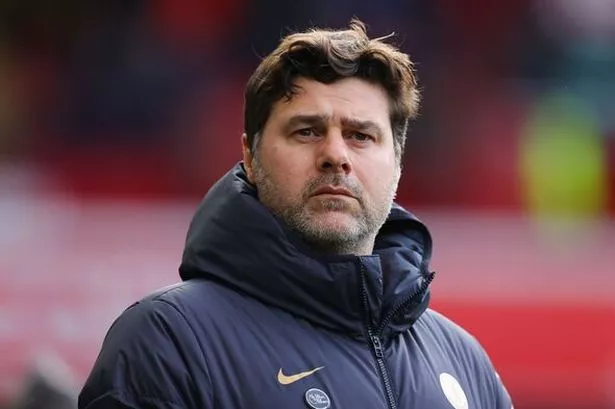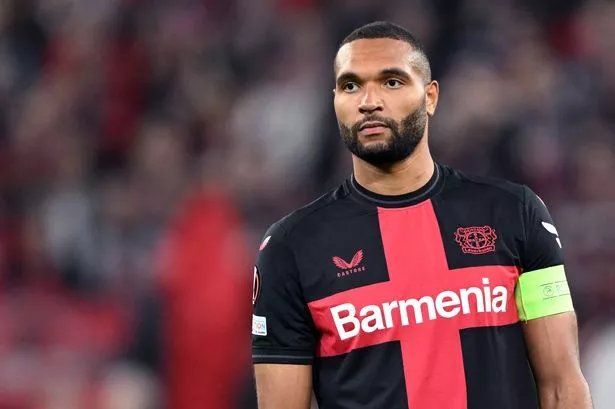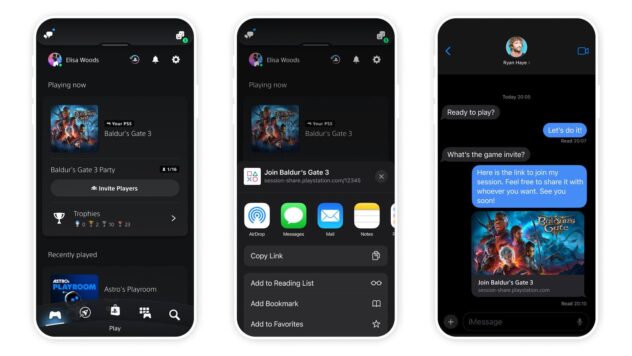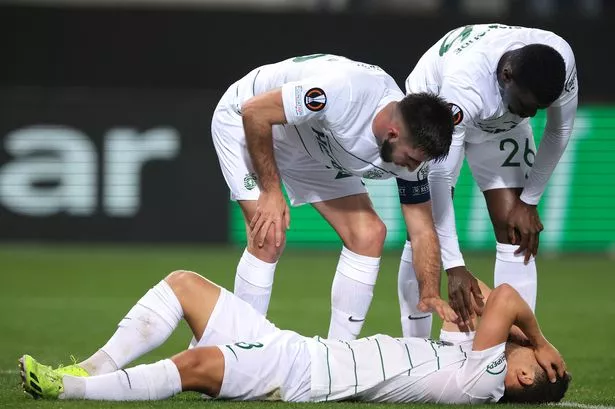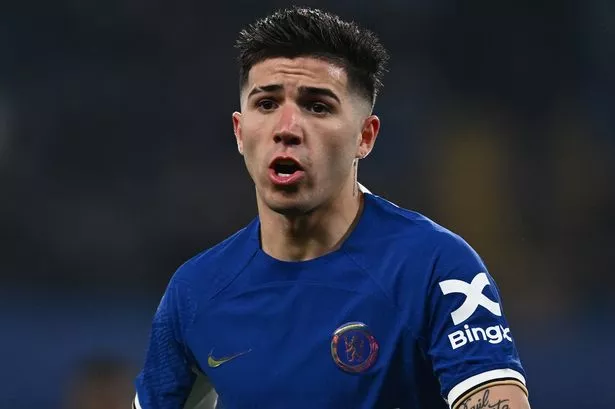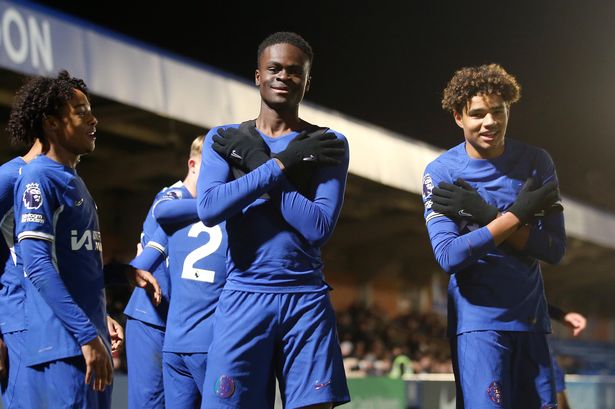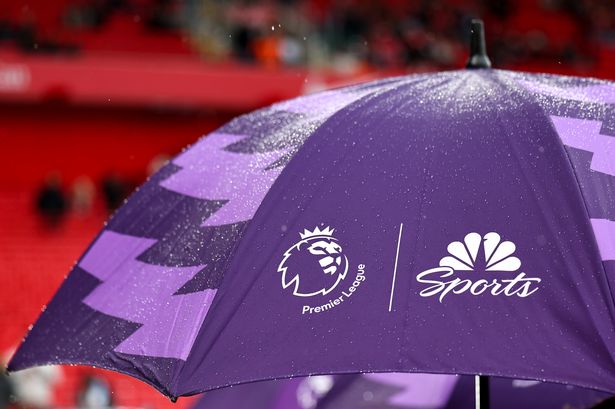The Spurs have turned their offense on its head

Photos by Darren Carroll/NBAE via Getty Images
LaMarcus Aldridge is taking a step back on his jumpers and helping propel the Spurs into the modern era as a result. In their own way.
Over the last 7 games, the NBA’s number-one offense in the NBA hasn’t been Luka Doncic’s Mavericks or James Harden’s Rockets but that other three-point-crazy Texas team: the 15-20 San Antonio Spurs.
Crazy may be a relative term, even if the Spurs just posted a new season-high in three-point makes at 19 in their 126-104 win over the Milwaukee Bucks. Averaging 32.2 attempts a night since a December 23rd rout in Memphis, they’re firmly middle of the pack over the stretch in the new NBA. Adjust for pace and that figure goes up a bit more, but suffice it to say that San Antonio — still 30th overall in attempts per game but trending the right way — hasn’t completely gone against script in making sure offensive possessions still organically develop from Good to Great™.
What Gregg Popovich has done is find a way to improve within his unique personnel’s strengths and weaknesses, steadily helping put the 2019-20 season back on track. Will the Spurs continue to make 45% of their threes as they have over this 7-game stretch? No, but the newly defined contours of the offense may suggest that the team’s recent strong play is not just a flash in the pan but a sign of a real turnaround for the season, and beyond.
Even when DeRozan’s three-point attempts temporarily went up, I was unconvinced it would or should last, for a variety of reasons. He was after all already having a sneakily efficient season with this kind of shot profile:
/cdn.vox-cdn.com/uploads/chorus_asset/file/19581686/shotchart__1_.png)
But the offense overall still wasn’t right with he and Aldridge occupying similar space and starting point guard Dejounte Murray finding his way as a shooter and playmaker. Here’s what’s happened to DeRozan’s shot chart since Aldridge started truly spacing the floor on December 23rd, not just seeking out shots (4.3 three-point attempts over that span), but reshaping defenses by pulling rim protectors away from the basket.
/cdn.vox-cdn.com/uploads/chorus_asset/file/19581683/shotchart.png)
DeRozan, in his wheelhouse more than ever, is feasting by playing within the hashmarks. Whether it’s in isolations, attacking off the catch or posting up, he’s served as the theoretical big man in a four-out offense. If teams try to play him one-on-one, he’s capable of using his speed, size or craft to get a quality look; if they don’t, he’s got his choice of willing three-point shooters in good spots. Those players now include the increasingly malleable Aldridge.
The effect has been felt not just on their stat sheets but in how the team performs while they’re on the floor. The duo have been rightly singled out as having among the worst net ratings for players of their paygrade and status, but they have had positive impacts over this stretch: Aldridge leads the team with a +16.4 net rating, and DeRozan’s at +10.4. (Just don’t mention this stat to Pop.)
None of this happens without Aldridge sacrificing a style of play that’s defined him through a successful 13+ seasons as a pro. His willingness to fully embrace the three-point shot will certainly extend his career, but it doesn’t come without a certain level of trust and selflessness. The development also reflects a new comfort level in San Antonio following a slightly contentious start that had him second-guessing his decision to come to South Texas. Here’s Pop speaking in 2017, shortly after Aldridge signed a three-year extension that recently became guaranteed through 2021:
“LaMarcus, he got here on day one. I said OK you’re gonna do this; you’re gonna do this pump fake — I tried to change him. I tried to make him a different player. I think that really affected his ability to feel comfortable and confident on the court. And we took care of that, basically by me, letting him know that were gonna do it differently and that it was on me, and not on him.”
With his average attempts beyond the arc above 2 and his mid-rangers per game decreasing, Aldridge begins to fit the profile of a quintessential stretch five in the modern NBA. Averaging 19 points, 8 rebounds and nearly 2 blocks a game on 51/46/85 shooting splits is almost unheard of over an entire season, which will not only make his agent’s job easy come next summer but also make what’s left on his contract even more palatable.
DeRozan and Aldridge aren’t the only beneficiaries in this new philosophy. Patty Mills, who remains the team’s only real threat pulling up from three off the dribble, has seen his attempts go up with his light greener than ever. The efficiency numbers for Dejounte Murray, now operating more as a secondary creator than earlier in the year, have also improved, and the extra room creates new pathways for he and the wildly explosive Lonnie Walker IV to make runs at the rim, an area that, like the three-point line, the Spurs had not been making much use of. Eventually it may also mean less dependency on a guy like Bryn Forbes, who served as a last resort for a number of stagnant possessions in the past, and may allow Pop to lean more heavily on guys like Derrick White and Walker at the guard spot opposite Murray.
We’ll see how far this takes the Spurs in the short term, who are still just hanging on to the 8th seed in the West. A regression to the mean is due, and opponents will find ways to make life difficult for a squad that’s still low on individual shot creation. In the long term, though, in going against their nature just a bit, the Spurs are putting everyone in a better position to succeed.
The Spurs have turned their offense on its head
The Spurs have turned their offense on its head

